Key performance highlights in the Ministry of Lands, Agriculture, Water and Rural Development
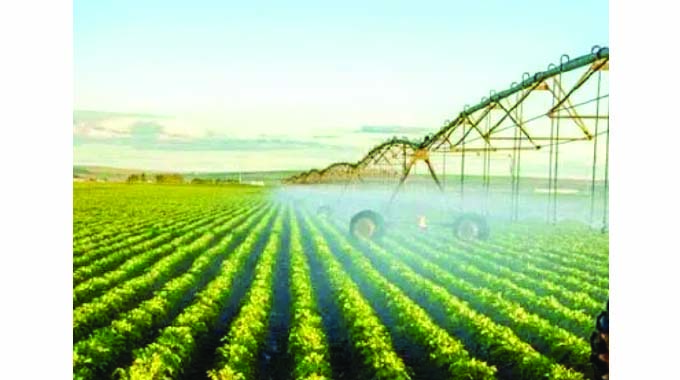
Dr John Basera, Permanent Secretary
The Agricultural and Water sectors’ contribution to the National Development Strategy 1 and indeed Vision 2030 is guided by various sectoral and sub-sectoral plans namely Agriculture Recovery Plan (2020-2024); Agriculture and Food Systems Transformation Strategy (2020 -2024); Horticulture Recovery and Growth Plan (2020-2025); Livestock Recovery and Growth Plan (2020-2025); Accelerated Irrigation Rehabilitation and Development Plan (2021-2026); and Integrated Agricultural Information Management System (AIMS) (2020-2025), inter alia. These blueprints are aimed to engender an inclusive agricultural transformation that achieves the following outcomes (1) food security (2) import substitution (3) diversified exports (4) enhanced value addition (5) employment creation and (6) improved incomes and standards of living in line with Vision 2030.
Key Performance Highlights
Crops Production Sub-sector
Climate proofing agenda is top priority for the ministry, as such, a deliberate stance to promote growing of crop varieties that best suits a particular agro-ecological region was ensued in 2022. This approach resulted in a general year on year increase in hectarage under traditional grains as follows: Total hectarage under traditional grains (sorghum, pearl millet, finger millet, groundnut, sunflower, bambara nuts and African pea) increased 27% from 1 008 758Ha in 2021 to 1 282 379ha in 2022.
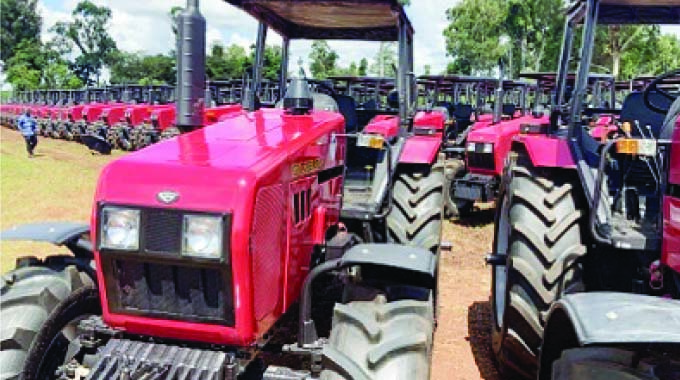
Hectarage under maize increased 3% from 1,90mHa in 2021 to 1,96mHa in 2022. This 2022/23 season, the nation is projecting over 3,2 million tonnes of cereals against a national annual requirement of 2,2 million tonnes. The nation is food secure in FY2022 on the account of 1 557 915MT of maize, 194 100MT traditional grains and over 537 000MT carry-over in the SGR as at 30th of April, 2022. A total of 2 274 927MT of cereals was available for 2022 against a national annual requirement of 2 200 000MT, leaving a surplus of almost 100 000MT.
Generally, due to the religious implementation of the strategic programmes in the Agriculture Recovery and Growth Plan and other blueprints, area under strategic crops increased by 8% to 3 674 149Ha in 2022 from 3 387 038Ha achieved in 2021.
Hectarage under horticultural production increased by 4,6% to 119 000Ha in 2022 from 113 000Ha in 2021. Horticulture sector is expanding given the commitment by Government and the subsequent successful establishment and implementation by ministry of the USD30 million Horticulture Export Revolving Fund, which is administered by commercial banks, where horticulture exporters get facilities to support primary horticulture production for exports. A specific example is the export blueberry production which surged 34% from 3 500MT in 2021 to 4 700MT in 2022. This jump subsists across other horticultural sub-sectors thanks to the religious implementation by Ministry of the Horticulture Recovery and Growth Plan which was launched in 2021.
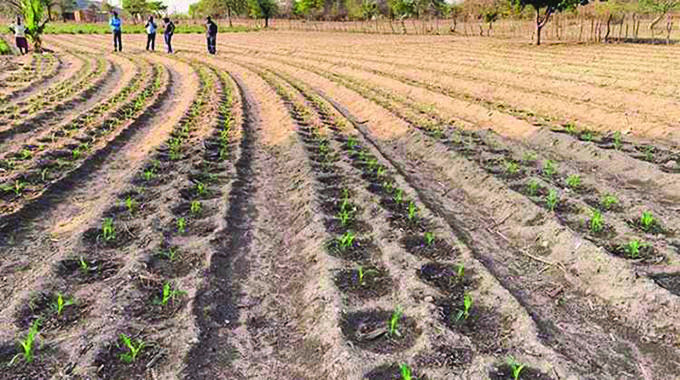
Pfumvudza/Intwasa
Further, to entrench agricultural transformation and rural development, the ministry in 2021 launched the concept of one farmer field school (FFS) per village. To date FFS have been established in 23 000 villages, out of the 35 000 villages. These are centres of excellence at sub-national level where farmers are trained on Good Agricultural Practices, Conservation Agriculture (CA)/Pfumvudza Techniques, ‘taking farming as a business and general crop and animal husbandry practices.
The Climate Proofed (Pfumvudza/Intwasa) Presidential Input Programme for the vulnerable farming households targeting maize, traditional grains and cotton was executed well, with farmers adopting the Conservation Agriculture principles, countrywide. The countrywide adoption of Pfumvudza/Intwasa concept which entails adoption of Conservation Agriculture techniques from 2020/21 season has seen maize productivity levels increasing by over 280% to national average of 1,4Mt/ha from 0,5Mt/ha prior. The Pfumvudza model has earned Africa-wide recognition at Dakar 2 Feed Africa Summit held in January, 2023, as a home-made solution to climate-proof food production at household level and attain food self-sufficiency to be replicated across Africa. This was after the successful implementation of this game changing innovation in Zimbabwe from 2020/21 season to date.
In 2022, area planted to wheat jumped 22% from 66 434Ha in 2021 to 80 883Ha. Wheat production output increased by 25% from over 300 000Mt in 2021 to 375 000Mt in 2022, against a national annual requirement of 360 000Mt, leaving a surplus of over 15 000Mt. The country produced 13 months’ supply of wheat crop which is a record since the beginning of wheat production in Zimbabwe in the 1960s.
The ministry put in place measures and innovations of promoting import substitution by crowding in the participation of private sector in the primary production of strategic agricultural commodities such as maize, wheat and soya bean. The stance entails compelling all users/off-takers of agricultural commodities to produce at least 40% of their respective annual requirements, locally by supporting the local farmer through such frameworks as Joint Ventures and Contract Farming. Private sector participation in food production has resulted the country attaining food security with a slant towards food self-sufficiency with positive spin-offs in employment creation (downstream and upstream), increased raw materials supply to the industry and import substitution which resulted in big savings in foreign currency.
A framework of crowding in the participation of banks in supporting local primary production was consummated under the banner National Enhanced Agricultural Productivity Scheme (NEAPS) and rolled out in the 2021/22 period. This saw banks and private sector making a combined contribution of 85% (close to 70 000Ha) of the record wheat planted in 2022. This trend also subsists across other sub-sectors in the food production sector.

Livestock Recovery and Growth Plan
Tobacco output grew marginally by 1% from 211 100 219kgs produced during the 2020/21 production season to 212 711 370kgs (from lesser hectarage) in the 2021/22 season. Income/ revenue to farmers increased by 10% from $589 573 827 to $650 308 524 in the 2021/22 season, increasing the country’s chances of achieving the objectives of Vision 2030, much earlier and much faster. Hectarage under tobacco increased 19% to 131 656Ha in 2022 comparable to 110 770 Ha achieved in 2021, thanks to the religious implementation of the key programmes in the Tobacco Transformation Strategy (TTS) launched in 2021.
Livestock Production Sub-sector
Livestock production is on the rise after interventions rolled out by the ministry to reduce prevalence of diseases of strategic importance as enshrined in the Livestock Recovery and Growth Plan. The Veterinary Field School(VFS) concept for every dip tank was introduced and to date 5 000 VFS have been established across the country. Ministry rolled out the Presidential Tick Grease Programme, targeting over 1 million households supported with each 1-3kg of tick grease. Further, an intensive dipping programme was rolled out through-out the country. These efforts saw a sharp reduction in January Disease and other tick-borne related diseases cases and deaths of 37% in 2022. Generally cattle mortalities decreased by 3% points from 8,86% in 2021 to 6% in 2022. The target by 2025 is less that 6% by year 2025. This was as a result of the successful implementation of the flagship home-made innovations such as Presidential Tick Grease Programme, Intensive Dipping Programme and Diptank Resuscitation Programme.
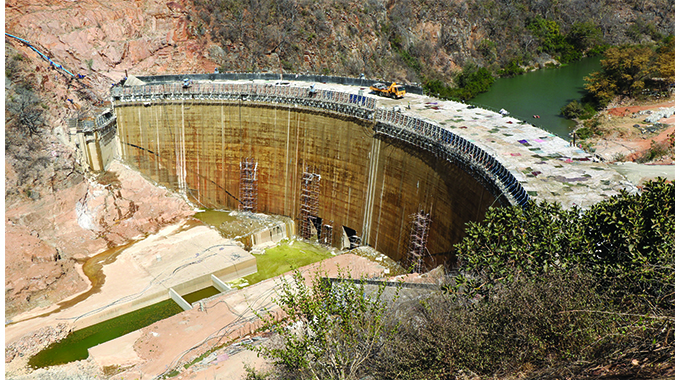
Lake Gwayi-Shangani
There was a general growth in the north year on year in the livestock sub-sector as follows: cattle (5,6 million in 2022 from 5,5 million in 2021), goats (4,3 million in 2021 to 4,9 million in 2022 ), sheep (710 226 in 2021 to 728 245 in 2022) and pigs (314 335 in 2021 to 339 644 in 2022). The ministry adopted a zero tolerance on the Foot and Mouth Disease (FMD) and went on a blitz to minimise illegal movement. As such FMD outbreaks for 2022 were contained below 8%, against a budget of less than 12% for the same period. To enhance the efforts in the tick borne diseases fight, the ministry is rolling out a programme to support and promoting the local production of animal remedies for import substitution. This programme is envisaged to see a reduction in the cost of dipping chemicals by 52%. Overall, the national beef cattle herd grew by 2% from 5 509 983 in 2021 to 5 642 400 in 2022.

Government facilitated and rolled out a commercial silage production programme which was administered by banks and supported over 5 000ha of maize silage. This programme targeted at addressing the viability challenges emanating from high feed cost, bedevilling the commercial dairy sector propelled the sub-sector on a strong rebound. Targeting smallholder dairy sub-sector, ministry rolled out the Presidential Silage Programme and supported over 1 500 farmers with a standard 1ha silage input package. All these innovative interventions resulted in the national dairy herd growing by 11,3% from 47 825 in 2021 to 53 250 in 2022, while the milking herd grew to 35 100 cows in 2022 from 31 524, respectively. Total milk production increased 15% from 79,6 million litres in 2021 to 91,4 million litres in 2022. Total milk powder imports reduced by almost 20% from 8,9m kilograms in 2021 to 7,4 million kilogrammes in 2022 towards milk self-sufficiency. Levies on milk and milk products imports were channelled through the Dairy Development Fund for the expansion of the dairy herd.
Mechanisation development thrust
The ministry is on a drive to increase mechanisation capacity and capabilities across all farming sectors. The target for 2022 was to distribute 1 500 units of equipment and implements. By December, 2022, a total of 1 641 units have been distributed (John Deere, 209), local manufacture (243 units) and Belarus (1 189 tractors and combine harvesters). The ministry formed the Mechanisation Development Alliance to galvanise public and private sector efforts to close the farming mechanisation gap.

Under the Mechanisation Development Alliance, Ministry signed up mechanisation facilities worth over USD200 million wherein Government will facilitate the importation of equipment from several sources for onward distribution to farmers by commercial banks. Over 4 400 tractors will be imported under these facilities. All the mechanisation development programmes follows a model wherein they are Government facilitated and private sector led to increase the levels of accountability. For the communal and smallholder sub-sectors, ministry launched the Small Holder Mechanisation Programme in 2022 distributing 600 kits comprising 2-wheeler tractors and attachments and implements. The current efforts in mechanisation targets to up-scale production efficiencies and competitiveness of the Agricultural sector.
Irrigation Development for climate change adaptation
The ministry is focusing on and promoting accelerated irrigation rehabilitation and development to de-risk and climate proof the agriculture sector which is vulnerable to climate shocks. The total functional irrigating area is over 193 000ha as at December, 2022 up from 174 000ha in 2021, a total of over 19 000ha being rehabilitated and developed in 2022. This was against a target of 9 000ha for the same period under review.
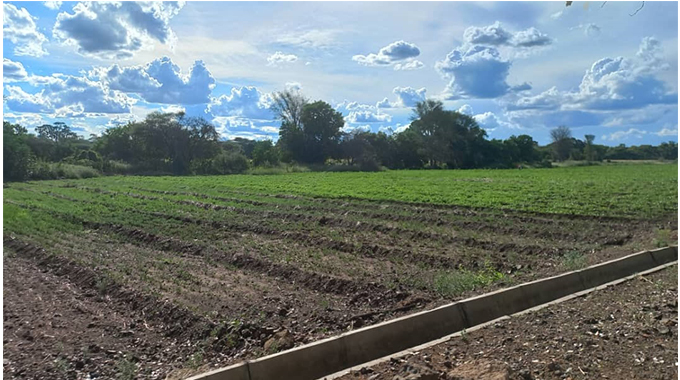
Irrigation scheme
The ministry was allocated ZWL9 billion against a bid of ZWL21 billion in 2022 and hence facilitated the formation of the Irrigation Development Alliance (IDA), comprising all private sector stakeholders in the irrigation development sub-sector, to crowd in private sector in the irrigation development and climate proofing thrust. The target is to have at least 350 000ha by year 2025. So far, various proposals under the IDA amounting to 100 000ha have been consummated for implementation in 2023.
Dam construction-climate proofing agenda
Pursuant to the climate proofing thrust, Government in the new dispensation embarked on water harvesting and dam construction programming. All new dam constructions are expected to cater for five elements namely the dam, hydropower, fisheries, irrigation development, portable water development for communities. All current dam projects have their project scope expanded accordingly. This strategic and policy shift will see all dams constructed being put to immediate use at commissioning, unlike in the past where completed dams would be idle for example Lake Tugwi-Mukosi. Government through the Zimbabwe National Water Authority (Nizwa), is constructing 12 dam and water projects.
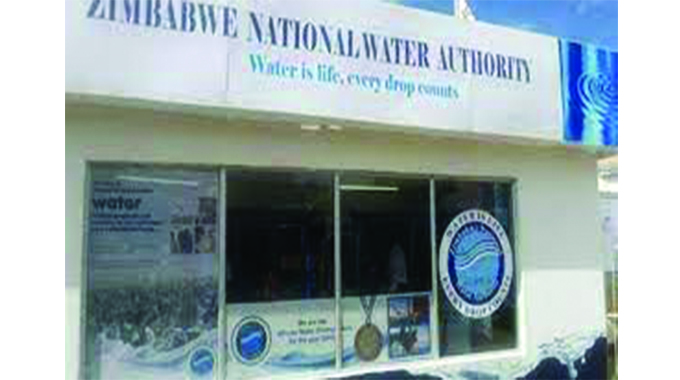
Zimbabwe National Water Authority (Zinwa)
The two dams which were targeted for completion in 2022 are Gwayi/Shangani and Chivhu dams.
Chivhu Dam — progress of works is now at 99,9% completion, pending commissioning by His Excellency, The President, Dr ED Mnangagwa. A total of 120ha of irrigation have been developed. Water conveyancing to Chivhu town is underway and almost 80% complete as at 31st November 31, 2022.
Lake Gwayi-Shangani major works are now complete, but overall project is at 73% that is there are some outstanding works constituting the spillway, the 254km water conveyancing pipeline to Bulawayo, irrigation infrastructure for the green belt along the pipeline are all underway. It is planned that the project will be commissioned by December, 2023, funds permitting.
Security of tenure and land utilisation
Highly securitised A2 Permits are now being issued in place of offer letters. Farmers no longer expected to apply for 99-year leases, instead the Annual Production and Productivity Returns now form the basis for assessment and issuance of 99-year leases.
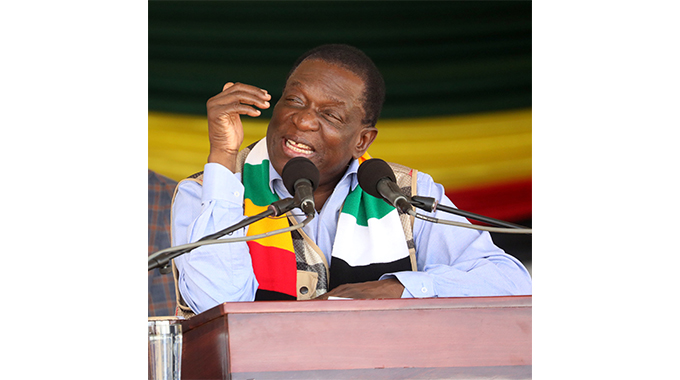
President Mnangagwa
A total of 1 967 permits were issued against a target of 1 000 in 2022. A total of 600 Joint Venture Agreements amounting to over 100 000ha of land were processed against a target of 557 in 2022. Cumulatively, over 2 000 JVs have been processed amounting to over 200 000ha of land since 2020 to date. An investor match-making platform was created where landholders with limited resources endowments seek and find investors leading to the consummation of Joint Venture Agreements between the parties. This innovative intervention has contributed significantly to the increase in land utilisation and as such area under strategic crops increased year on year by 8% and horticultural crops by 4,6% from 2021 to 2022.
Conclusion
At the centre of all these successes and the Agriculture Transformation journey in general, there is a motivated and capacitated team especially the over 7 000 frontline extension officers who are the real transformation agents. Ministry took a deliberate stance to capacitate and motorise all extension officers at 2 levels: physical motorisation and mind-set motorisation. This is an important part of the Agricultural Extension Capacitation Thrust and the above successes could not have been achieved had this aspect not been addressed. All agricultural extension officers now have motorbikes and are undergoing online refresher courses every six months.
All ministry programming take cognisance of the cross cutting imperatives such as inclusivity (gender sensitivity and youth participation), going up the value chain ladder, climate proofing and crowding in private sector participation in its scope of implementation. In the particular case of inclusivity, ministry in FY2022 launched the Agric4She which is a co-ordination platform which promotes women participation in economic agricultural activities. This has seen women participation in flagship programmes such as Pfumvudza, Command Agriculture rising significantly. This effort is championed by the First Lady of The Republic of Zimbabwe, Dr A Mnangagwa.

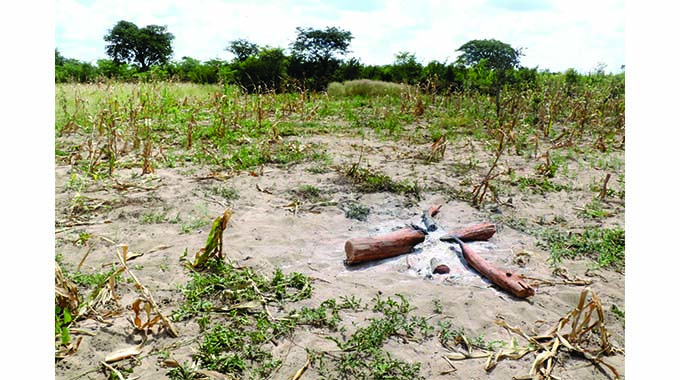
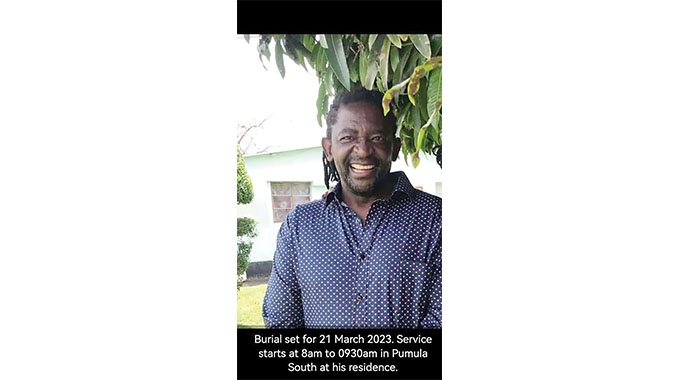








Comments